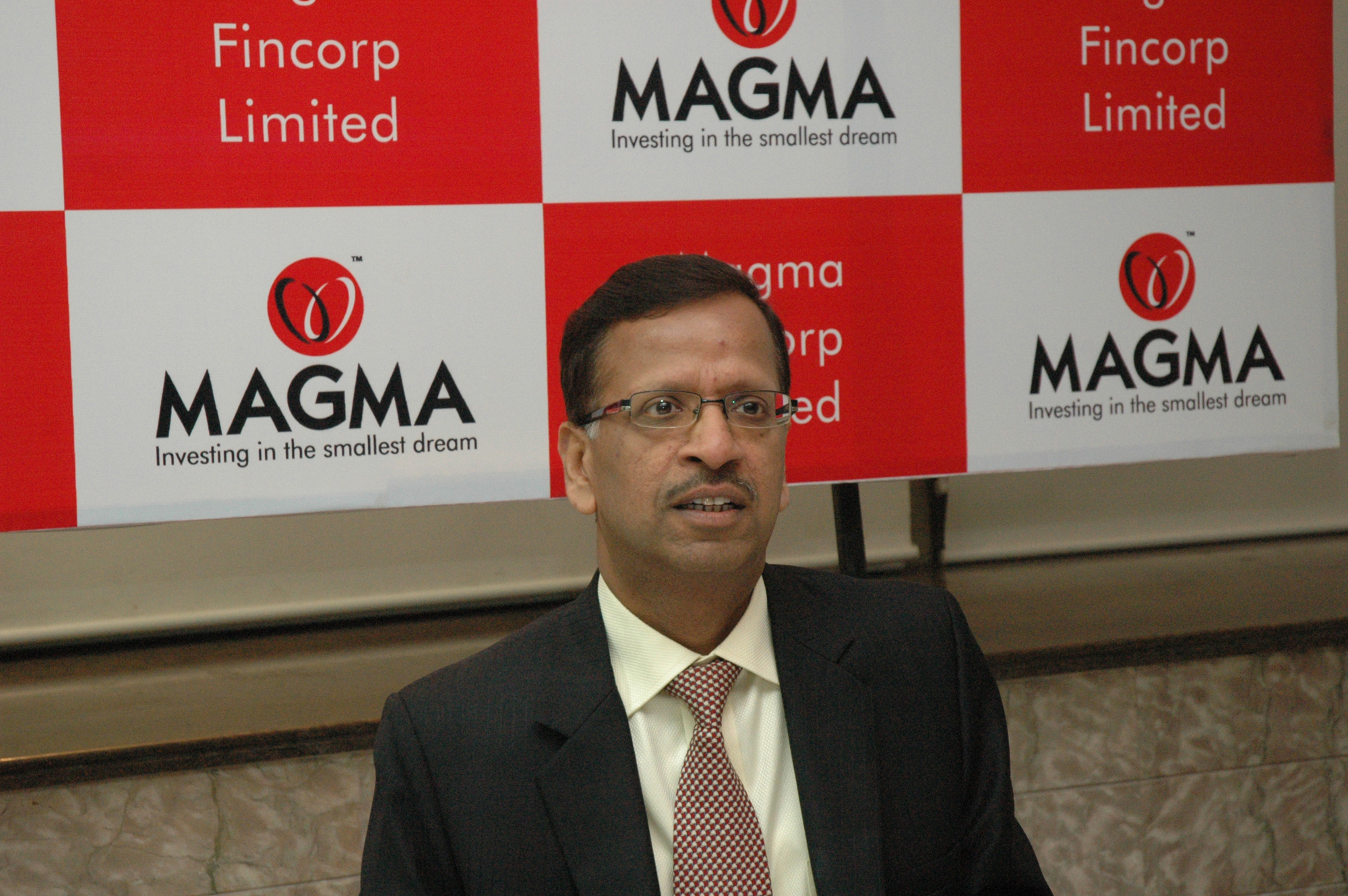The Reserve Bank of India (RBI) on Friday announced more measures to improve credit flow to non-banking finance companies (NBFCs).
The RBI said in a notification that banks can use government securities equal to their incremental credit to NBFCs, after October 19, to meet their liquidity coverage ratio (LCR) requirements. This will be applicable till December 31.
The central bank also raised the single borrower exposure limit for NBFCs, which do not finance infrastructure, from 10 per cent to 15 per cent of the capital funds, till December 31, 2018.
The LCR mandates that banks must have sufficient amount of liquid assets (such as government securities) to survive an acute stress scenario lasting 30 days, during which corrective actions can be taken. These securities are held based on the expected net cash outflow for the next 30 days.
This relaxation from the RBI is expected to incentivise banks to lend to the NBFCs. The NBFCs have been facing difficulties in accessing credit with banks and mutual funds shying away from taking exposure to the instruments floated by these firms, particularly after the crisis at IL&FS.
While some of the NBFCs have seen their cost of funds going up over the past few months, there have also been concerns over rollover risks. The RBI has been taking a series of steps to infuse liquidity into the system. It has also been undertaking open market operations at regular intervals to add liquidity. Recently, the SBI said it would triple its purchase of loan portfolios from the shadow banking sector.
“Today’s move by the RBI will certainly ease liquidity for the NBFCs from the banking system. However, the impact will be felt more prominently by private banks who can now leverage this additional window of liquidity to lend to NBFCs. Private banks are the ones whose loan to deposit ratio (LDR) is in the range of 90-100 per cent,” Sanjay Chamria, vice-chairman and managing director, Magma Fincorp, said while reacting to the RBI move.
He added that while the single client exposure limit being increased to 15 per cent is a welcome step, the RBI may need to clarify whether the higher single client exposure taken till December 31, 2018, can be extended thereafter.










